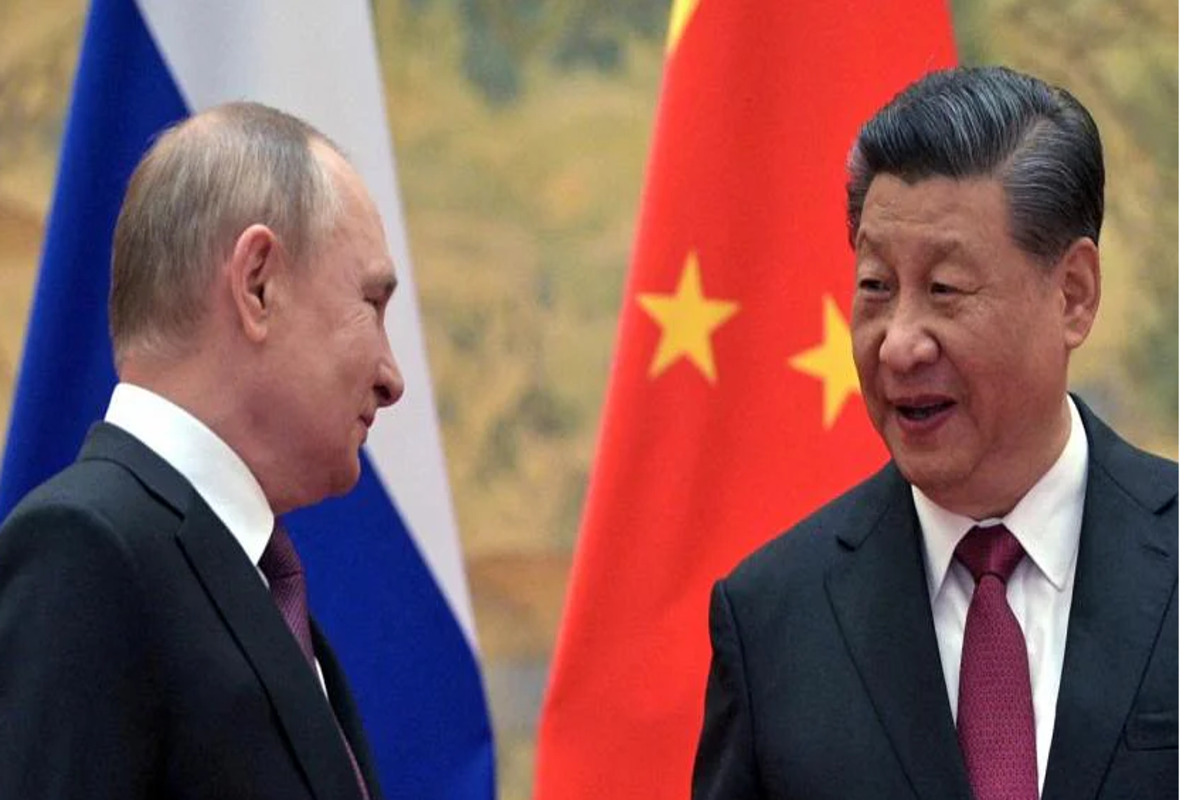Following the ‘spy balloon’ incident in January this year, US-China ties had grown progressively frostier. But in recent weeks, there are indications that both countries might be working their way out of their bitter moods toward each other. As veteran China-watcher Ryan Hass iterates in a recent article, both sides have resumed contact at senior levels and signalled plans to strengthen bilateral exchanges in the weeks and months ahead. In fact, during a Press conference at the Group of Seven summit, US President Joe Biden spoke of a near-term “thaw” in relations with China.
But if any such détente is to come to pass, it will clearly be premised on mutual self-interest. President Biden has consistently underlined the need to lower risk in the US-China relationship and “compete responsibly” without veering into conflict, though the view from Beijing is that US actions have been at odds with its statements. President Xi Jinping, despite his attacks on Washington’s attempts to “contain and encircle” a rising China, faces mounting domestic challenges ranging from unemployment and slowing growth to an aging population and the danger of his country being caught in the middle-income trap.
Advertisement
The tensions between China and the US-led West are, as a result, hurting both sides where it matters ~ economically. It is now clear that the record Sino-US trade of $690.6 billion in 2022 despite several tense moments including over Taiwan may have been the high point of the great power economic relationship. This is not good news for either side. The exponential growth of trade between the nations since China joined the WTO (2001) has benefited both US and Chinese consumers and companies.
To illustrate the point, a 2019 study by economists Xavier Jaravel and Erick Sager found that increased trade with China boosted the annual purchasing power of the average US household by $1,500 between 2000 and 2007. China is the third-largest export market for America, behind Canada and Mexico. A 2017 study commissioned by the US-China Business Council reported that exports to China supported nearly two million jobs in the USA. But the US Inflation Reduction Act, while it addresses environmental concerns and supports energy security, also contains local content provisions which reveal the underlying motivation to favour domestic manufacturing, encourage near-shoring and friendshoring of supply chains towards further deeper integration in North America, and diversification away from sources classified as “concentrated risk.” Beijing, meanwhile, is looking to become the growth engine of the Regional Comprehensive Economic Partnership signed by 15 Asia-Pacific nations in 2020.
It is against this backdrop that officials from Washington and Beijing are laying the groundwork for productive leaderlevel exchanges when Mr Biden and Mr Xi are together at the G-20 summit in India in September, followed by another expected interaction at the Asia-Pacific Economic Cooperation leaders meeting in San Francisco in November. It is, after all, in both countries’ interest to do so.









